90-Day E-commerce Growth Plan
The Proven Strategy That Turns Website Traffic Into Sales and Transforms Your Online Store Into a Revenue-Generating Machine
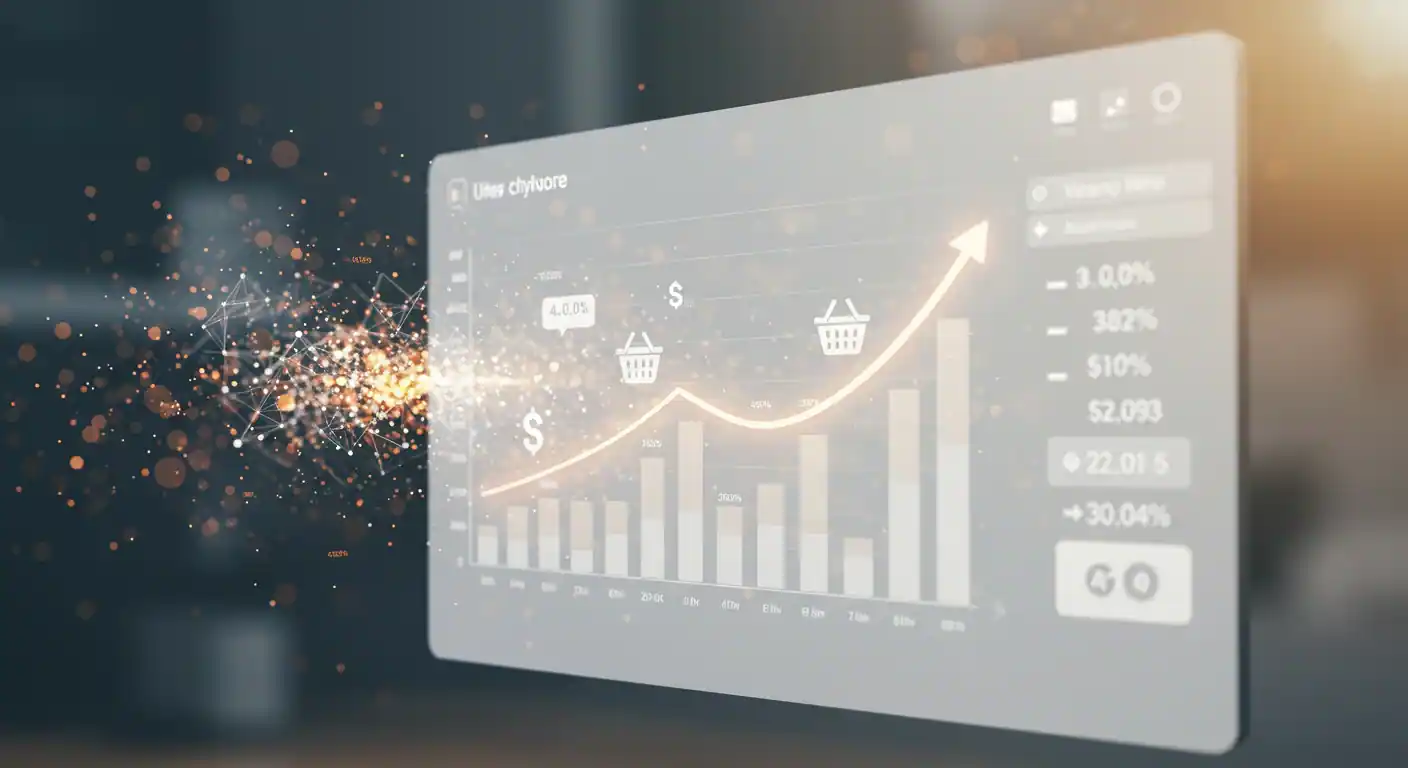
Is Your Online Store Getting Traffic But No Sales? Here’s the Complete Solution
If your online store is getting website visitors but not converting them into customers, you’re not alone. 73% of new e-commerce businesses face this exact challenge. The good news? You don’t need more traffic—you need to optimize your conversion funnel.
After analyzing over 500 online stores across the US market, we’ve identified that the most effective e-commerce growth plan doesn’t start with paid advertising—it starts with conversion rate optimization.
At MiNegocioTop.com, based on real data from stores we’ve optimized, we’ve developed this 90-day system that prioritizes conversion over traffic. Why? Because it’s better to convert 5% of 100 visitors (5 sales) than 0.5% of 1000 visitors (5 sales) while spending 10x more on ads.
This comprehensive e-commerce growth strategy will take you month by month from a store that “doesn’t understand why it’s not selling” to a digital business generating predictable, scalable revenue.
Quick Diagnostic: What’s the Biggest “Bottleneck” in Your E-commerce? Interactive Assessment
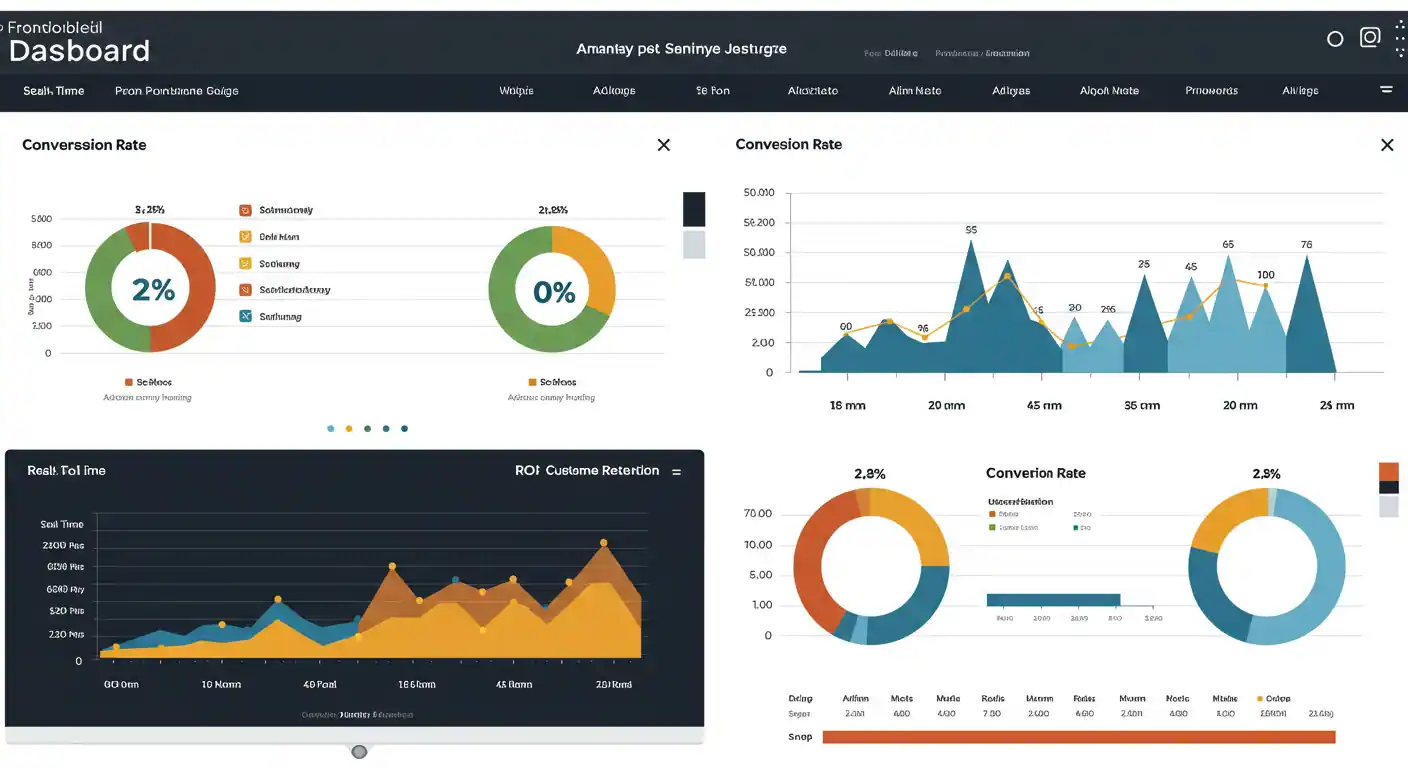
Before implementing any strategy, you need to identify where the real problem lies in your online store. Most e-commerce entrepreneurs fail because they’re treating the wrong symptom.
???? INTERACTIVE DIAGNOSTIC: Identify Your E-commerce’s Main Bottleneck
Answer honestly based on your online store’s data from the last 30 days:
Your 90-Day Growth Plan: From Invisible Store to Profitable Business Proven System
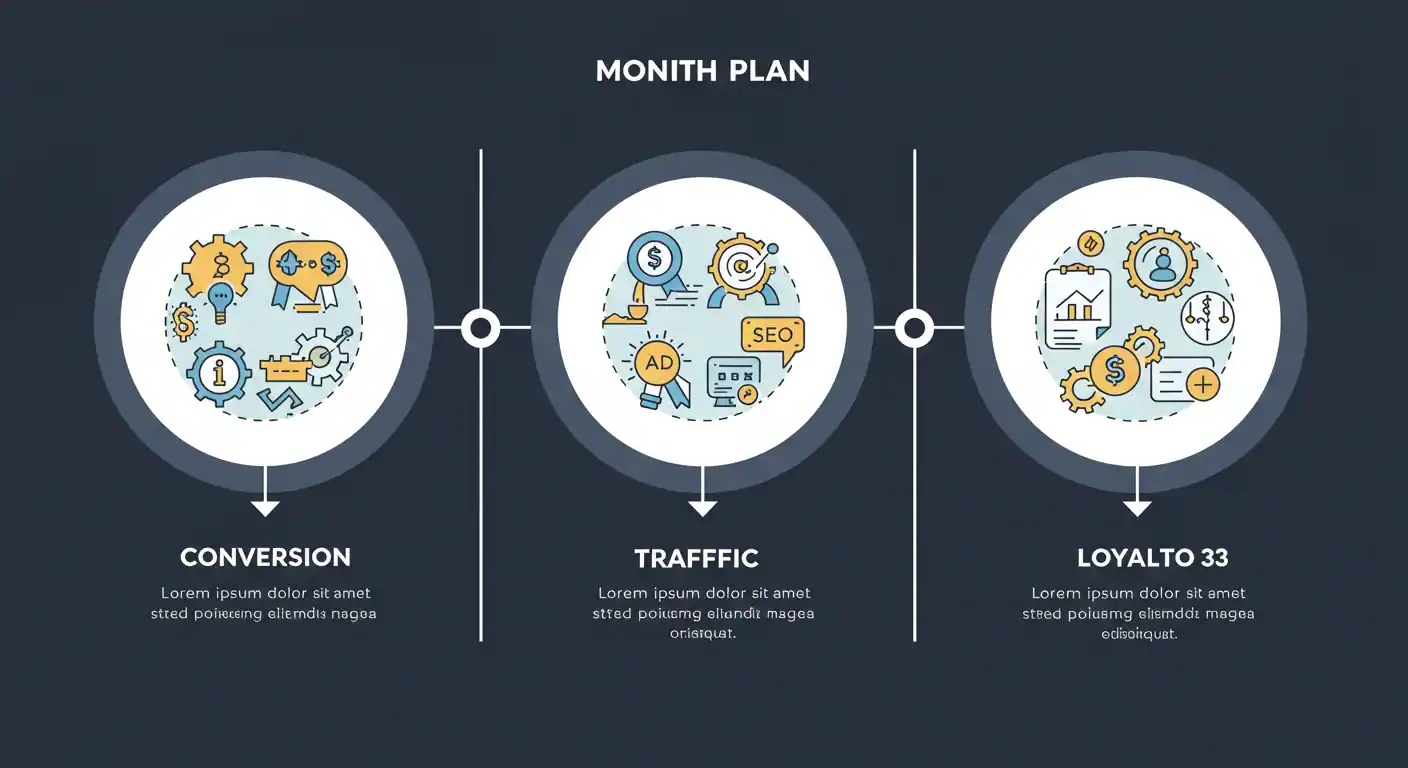
This plan follows the exact sequence used by the most successful online stores: First convert, then scale. Don’t spend money on advertising until your store is optimized to sell.
The Foundation: Trust and Conversion Priority #1
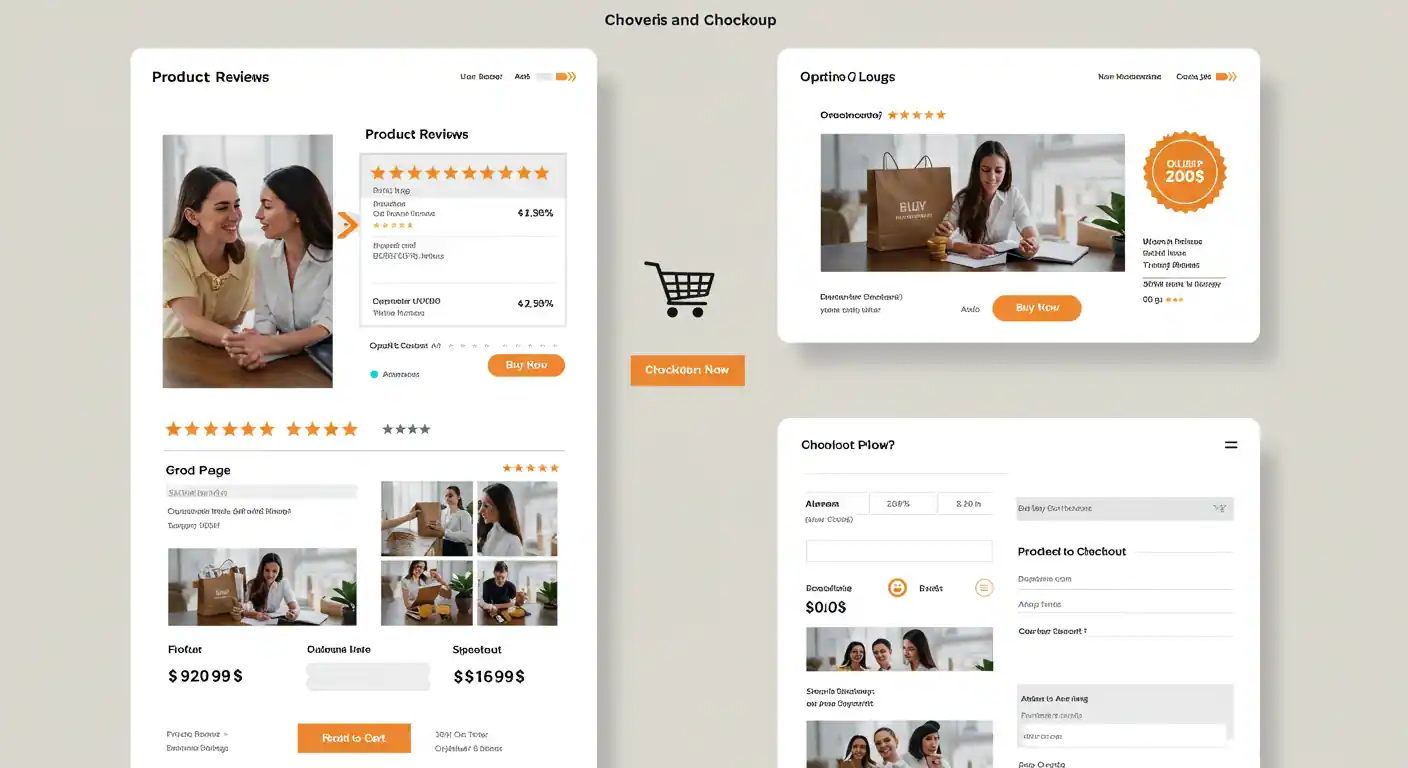
Goal: Optimize your store so existing visitors are more likely to purchase. Focus on reducing friction and building trust.
✅ Professional photography: Minimum 5 photos per product (main, details, lifestyle, packaging, size comparison)
✅ Benefit-focused descriptions: Focus on outcomes, not features. Include dimensions, materials, and care instructions
✅ Social proof implementation: Reviews system, customer testimonials, trust badges from BBB, SSL certificates
✅ Clear guarantees: Visible return policy, satisfaction guarantee, secure payment badges
Key metric: Increase average time on product page from 30 seconds to 2+ minutes
✅ Single-page checkout: Eliminate unnecessary steps. Personal info + shipping + payment in one view
✅ Transparent pricing: Show shipping costs from cart, not as checkout surprise
✅ US payment methods: PayPal, Apple Pay, Google Pay, Buy Now Pay Later (Klarna, Afterpay)
✅ Guest checkout option: Don’t force account creation to purchase
✅ Cart abandonment recovery: Automated emails after 1 hour, 24 hours, and 72 hours
Expected result: Reduce cart abandonment from 70% to 45%
Traffic Generation: Attracting Qualified Buyers Scaling
Goal: Now that your store converts better, it’s time to bring in more qualified visitors with high purchase intent.
✅ Purchase intent keywords: Target terms like “buy [product]”, “[product] for sale”, “best [product] deals”
✅ Category page optimization: Each category targets specific high-volume keywords
✅ Product SEO: Unique titles with keyword + brand, original descriptions (not manufacturer copies)
✅ Commercial content blog: “Best [products] 2025”, “How to choose [product]”, “Ultimate [category] buying guide”
✅ Mobile optimization: 55% of US e-commerce sales are mobile. Page speed under 3 seconds
Expected result: 300% increase in qualified organic traffic within 60 days
✅ Pixel setup: Facebook Pixel, Google Analytics Enhanced E-commerce, TikTok Pixel
✅ Strategic audiences: Product viewers, cart abandoners, past purchasers, lookalike audiences
✅ High-converting creatives: User-generated content, product videos, seasonal offers
✅ Automated sequences: Day 1 (reminder), Day 3 (10% off), Day 7 (15% off + free shipping)
✅ Smart cross-selling: 15 days post-purchase, complementary products based on purchase history
✅ Seasonal reactivation: Holiday promotions, back-to-school campaigns, seasonal product launches
✅ Value-driven newsletter: Product tips, industry trends, exclusive member offers
Tools recommended: Klaviyo, Mailchimp, ConvertKit for advanced segmentation
✅ Points per purchase: 1 point = $1 spent. 100 points = $10 reward
✅ Review bonuses: 50 bonus points for leaving a photo review
✅ Birthday rewards: 15% discount during birthday month
✅ Referral program: Customer gets 10% off, referred friend gets 10% on first purchase
✅ VIP tiers: Bronze ($0-$500), Silver ($500-$1500), Gold ($1500+) with escalating benefits
Expected result: 35% of revenue from repeat customers
US Market Optimization: Strategies That Convert American Shoppers
Because American consumers have specific expectations and behaviors
Success in the US e-commerce market requires understanding American shopping behavior, preferred payment methods, and regional expectations that differ significantly from other markets.
| Regional Strategy | US-Specific Optimization Tactics |
|---|---|
| ???????? Payment Methods That Convert Trust & Convenience Focus |
Essential Payment Options: PayPal (87% trust rate), Apple Pay/Google Pay (mobile-first), credit cards with fraud protection, Buy Now Pay Later (Klarna, Afterpay, Sezzle). Trust Signals: SSL certificates visible, BBB accreditation, Norton/McAfee security badges, “Secure Checkout” messaging. Regional Considerations: Different states have varying tax implications. Use TaxJar or Avalara for automatic tax calculation. Fraud Prevention: Implement Address Verification System (AVS) and CVV verification to reduce chargebacks. |
| ???? Shipping Expectations Speed & Transparency |
Free Shipping Threshold: 75% of US consumers expect free shipping over $50. Amazon Prime has set 2-day delivery as standard. Carrier Preferences: USPS for cost-effective, UPS/FedEx for premium, Amazon FBA for Prime eligibility. Return Policy: Minimum 30-day returns expected. 67% check return policy before buying. Make it prominent and generous. Tracking Obsession: Real-time tracking, proactive shipping notifications, delivery confirmation with photos (Ring, Amazon style). |
| ????️ Shopping Behavior Patterns Cultural Expectations |
Mobile Commerce: 55% of US e-commerce is mobile. Optimize for iOS (higher spending) and Android equally. Peak Shopping Seasons: Black Friday/Cyber Monday (30% of annual sales), Prime Day, back-to-school, holiday season. Social Proof Importance: Americans read 7 reviews on average before purchasing. Implement reviews from multiple sources (Trustpilot, Google, native). Urgency & Scarcity: “Limited time” and “Only X left” messaging highly effective, but must be truthful per FTC guidelines. |
US E-commerce Calendar: Peak Opportunities
???? Q4 Mega Seasons
Black Friday/Cyber Monday: 30% of annual sales
Holiday Season: Nov 1 – Dec 31 peak period
Post-Holiday: Gift cards, returns, clearance
Prep Required: Inventory, server capacity, customer service
???? Seasonal Opportunities
Back-to-School: July-August, $37B market
Mother’s/Father’s Day: High AOV personal gifts
Valentine’s Day: Last-minute shoppers, premium pricing
Prime Day: July, drives competitor sales too
???? Year-Round Tactics
Tax Season: Jan-April, promote practical purchases
Summer Travel: Portable, travel-friendly products
New Year Resolutions: Health, fitness, organization
Spring Cleaning: Home organization, storage solutions
Battle-Tested Strategies: What Actually Moves the Needle
The 2.5% Conversion Rate Rule Benchmark
If your conversion rate is below 2.5% (US average), don’t spend on paid ads. First optimize your store. A store with 2.5% conversion and 100 visitors (2.5 sales) is more profitable than one with 0.8% and 1000 visitors (8 sales) but 10x ad spend.
How to measure: Google Analytics > Conversions > E-commerce > Conversion Rate. US benchmarks: 2.5-4% is good, 5%+ is excellent.
Industry variations: Fashion (1.3%), Electronics (2.1%), Health & Beauty (3.2%), Home & Garden (2.8%)
Social Proof That Americans Trust
US consumers are skeptical but responsive to authentic social proof. Real-time notifications: “Jennifer from Dallas just bought this” or “23 people added this to cart today” increase conversions 20-35%.
Tools that work: Fomo, ProveSource, TrustPulse. Show real data from last 48 hours.
Advanced tip: Geo-target social proof – “Someone from your state just purchased” performs 40% better.
Lifestyle Photography Sells Products
Americans buy the outcome, not the product. Show your product solving a problem or enhancing lifestyle. A coffee maker sells better showing the perfect morning routine, not just the machine specs.
Winning formula: Photo 1 (lifestyle), Photo 2 (product details), Photo 3 (size reference), Photo 4 (unboxing), Photo 5 (customer in use)
US-specific: Include diverse models reflecting your target demographics. 73% of US consumers prefer brands that show diversity.
Progressive Cart Recovery System Automated
US consumers expect sophisticated follow-up. Sequence: 1 hour (friendly reminder), 24 hours (5% discount), 72 hours (10% + free shipping), 7 days (15% + urgency + alternative products).
Advanced strategy: Segment by cart value – $200+ carts get phone calls, $50-200 get email series, under $50 get basic recovery.
Expected recovery: 25-30% of abandoned carts with proper sequences
Mobile-First Checkout Optimization
55% of US e-commerce is mobile. Your mobile checkout must be flawless: large buttons (44px+), minimal form fields, autofill enabled, one-click payments (Apple/Google Pay), progress indicators.
Critical test: Complete a purchase on your phone. If it takes more than 90 seconds from cart to confirmation, optimize immediately.
Mobile benchmark: Mobile conversion should be minimum 70% of desktop conversion rate.
Strategic Post-Purchase Upselling
Never upsell during checkout (kills conversion). Do it AFTER purchase: thank you page with “frequently bought together”, email day 7 with complementary products, packaging inserts with QR codes to related items.
Typical results: 25-40% increase in customer lifetime value without affecting initial conversion.
AI-powered: Use tools like Rebuy or Bold Upsell for predictive recommendations based on purchase behavior.
Essential Tools for US E-commerce Success
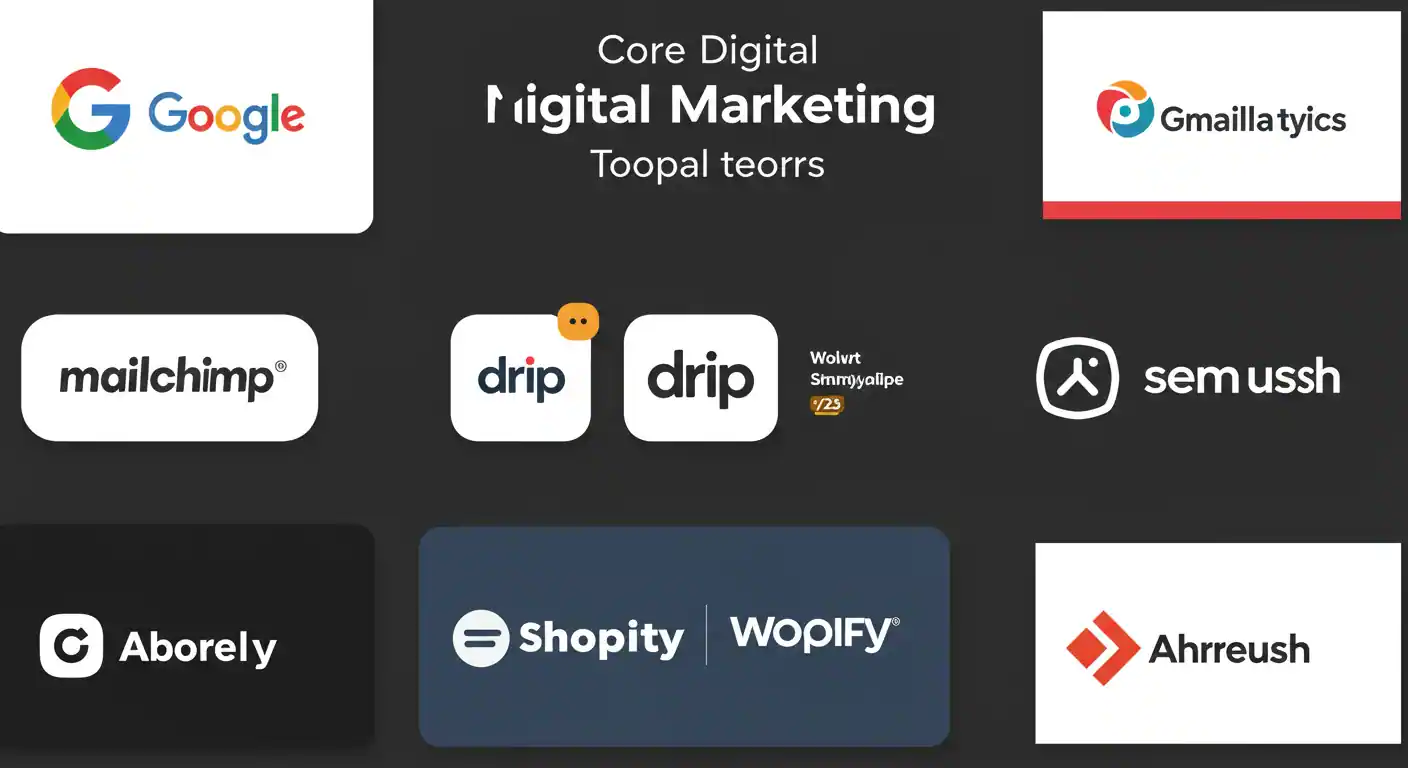
Successful implementation requires the right tools optimized for the US market. Here are our recommendations based on hundreds of stores we’ve optimized:
???? E-commerce Platforms
Shopify: Best for scaling, US-focused apps, easy payment integration
WooCommerce: Maximum flexibility, cost-effective for WordPress users
BigCommerce: Enterprise features, no transaction fees
Squarespace: Design-focused, good for creative products
???? Analytics & Optimization
Google Analytics 4: Essential for US market tracking
Hotjar: Heatmaps and session recordings
Optimizely: A/B testing platform
Lucky Orange: Real-time visitor analytics
???? Email & SMS Marketing
Klaviyo: E-commerce focused, advanced segmentation
Mailchimp: User-friendly, good for beginners
Attentive: SMS marketing leader in US
Postscript: SMS for Shopify stores
Need help choosing and implementing the right tools? At MiNegocioTop.com, we evaluate your specific situation and recommend the optimal tech stack for your niche, budget, and growth objectives in the US market.
Frequently Asked Questions About E-commerce Growth
The most common questions we answer about profitable online stores
✅ Product pages without reviews: 85% of US consumers read reviews before buying
✅ Complicated checkout process: More than 3 steps = high abandonment probability
✅ Unexpected shipping costs: 60% of cart abandonment is due to surprise costs
✅ Missing guarantees: No visible return policy creates distrust
Quick fix: Implement visible satisfaction guarantee, simplify checkout to one page, show total costs from cart view.
???? Month 1: Optimization (sporadic sales but better conversion rate)
???? Month 2: Traffic generation (increased sales, marketing investment)
???? Month 3: Retention (repeat sales, reduced acquisition cost)
Real benchmark: Stores following this plan average $3,000-$7,000 in monthly sales by month 3, with 20-30% net margin.
???? Acquisition cost: Generating 1000 visitors costs 10x more than generating 100
???? Scalability: A store that converts well can scale profitably with advertising
???? Traffic quality: Better conversion indicates you’re attracting your ideal customer
Golden rule: Don’t spend on ads until you have minimum 2.5% conversion rate. First optimize, then scale. Learn to use analytics tools correctly.
Your Profitable Online Store Starts Today: From Traffic to Sales in 90 Days
Having an online store isn’t enough in 2025. You need a system that converts visitors into buyers and buyers into loyal customers. This 90-day plan gives you exactly that.
Thousands of entrepreneurs waste fortunes on advertising for stores that aren’t optimized to sell. You’re going to do the opposite: build a conversion machine and then scale it intelligently.
Need help implementing your e-commerce strategy or developing your automated conversion system? At MiNegocioTop.com, we can be your strategic partner in this digital transformation.
???? Accelerate Your Online Store GrowthIf this e-commerce growth plan seemed valuable and actionable to you, share it with other entrepreneurs struggling to make their online store profitable. Success in e-commerce isn’t luck—it’s system. ????
Expected ROI: $4-6 return for every $1 spent on retargeting
